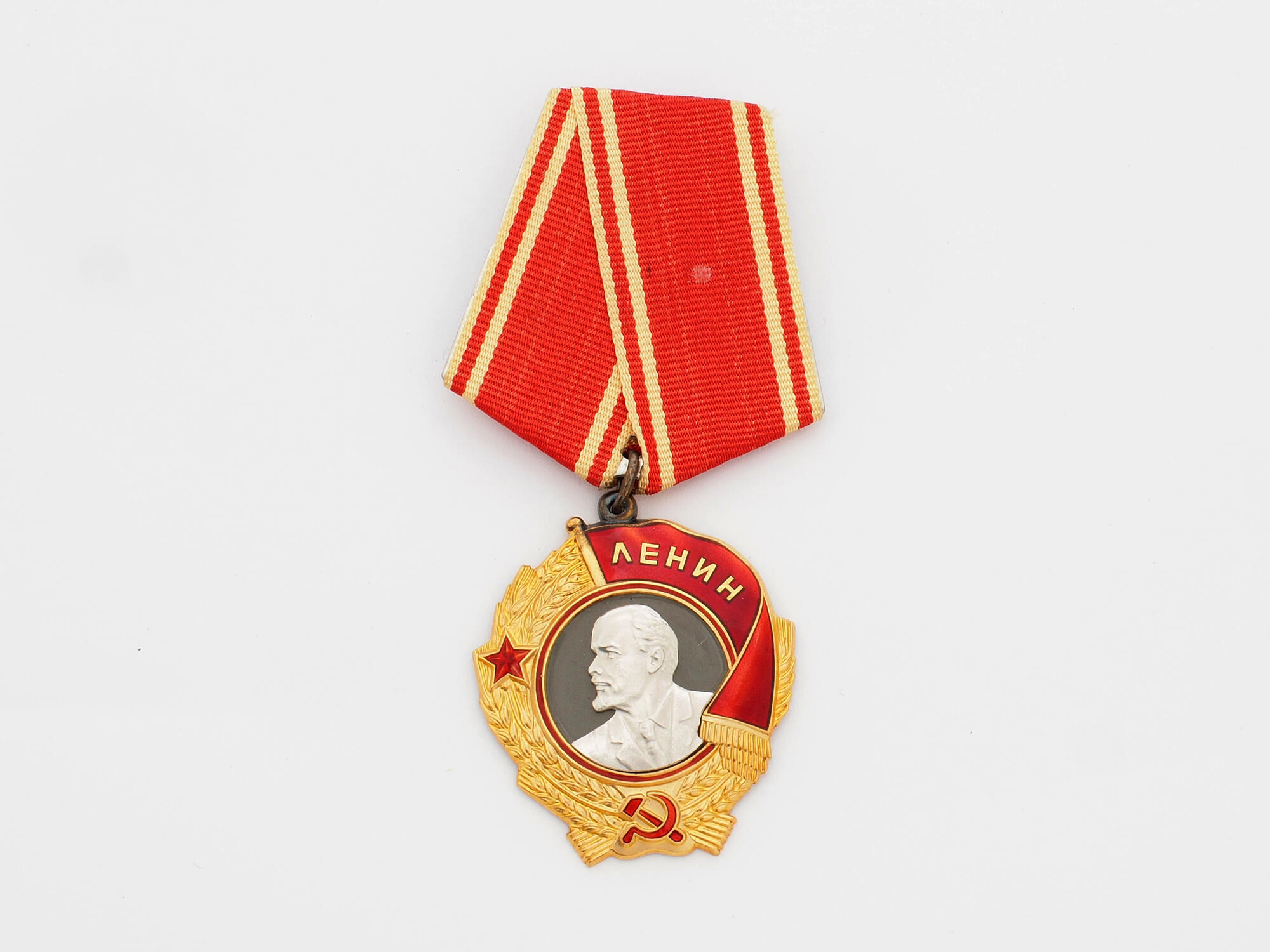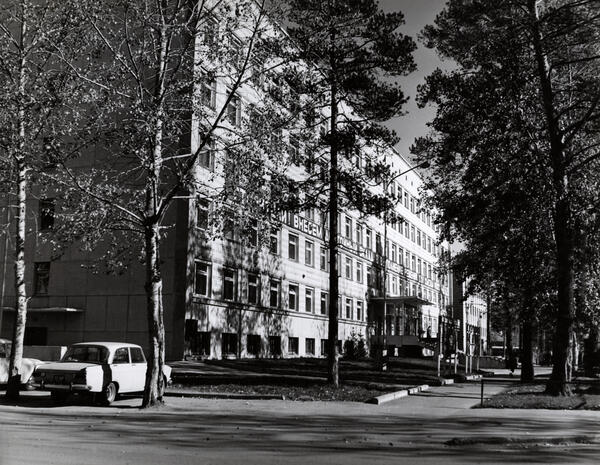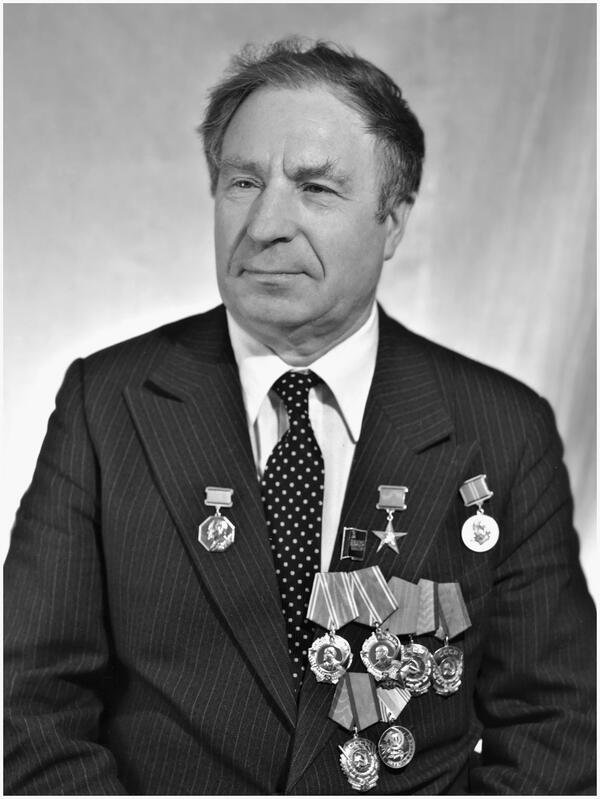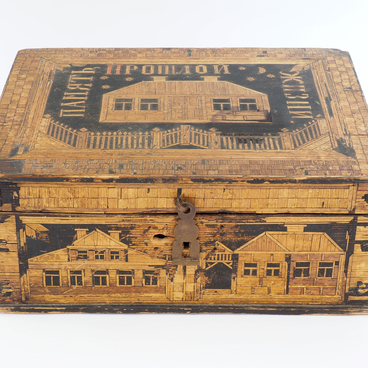The Soviet system of awards and decorations had little in common with the system that had existed in the Russian Empire. Therefore, for a long time the only awards for soldiers and workers were the Order of the Red Banner, the Order of the Red Banner of Labor and honorary revolutionary weapons.
From the beginning of 1930, it became necessary to create a new greater award. The artists of the Moscow factory ‘Goznak’ were entrusted with preparing its design. It was assumed that the award would be universal and its name would be associated with high status. That is why the order was named after Vladimir Lenin, the Chairman of the Council of People’s Commissars of the USSR.
The work of artist Ivan Dubasov was chosen out of many different sketches. In the center of the medal, the artist placed Lenin’s portrait. He used the photograph taken by Victor Bulla at the Second Congress of the Comintern in Moscow in the summer of 1920 as the basis for this image.
According to the original idea, the composition of the round medallion of the order was framed by a wreath of wheat. The inscription “USSR” and images of sickle and hammer were also placed on the order. The triangle at the bottom symbolized the union of workers, intellectuals, and peasants. However, this version was not approved. The idea of numbers indicating the serial number of the award was also rejected.
In the spring of 1930, Dubasov gave the finalized sketch to sculptors Ivan Shadr and Pyotr Tayozhny, who were to create the model of the future order. And the same year the first orders were made at the “Goznak” factory. Medalist and artist Alexei Pugachev engraved the stamp for these test samples.
Later the way the Order looked, the material from which it was made, and the minor details changed several times. All variants of the award can be divided into four types, which successively changed each other: the Order of the 1st, 2d, 3d, and 4th types.
The Seversk Museum houses the Order of Lenin made in 1942. It belongs to the 3rd type of Order. It differed from the previous models in that the bas-relief of Lenin was cast from platinum as a separate detail. Then it was attached to the Order with three rivets. The surface of such orders was covered with gray-blue enamel. The gold grade, of which the part of the frame with the wheat was cast, also changed: instead of the purity of gold 750, the purity of gold 950 was used.
In the top right part of the Order is a red flag with the inscription “Lenin”. On the left side is a red star and at the bottom of the order is a red sickle and hammer.
From the beginning of 1930, it became necessary to create a new greater award. The artists of the Moscow factory ‘Goznak’ were entrusted with preparing its design. It was assumed that the award would be universal and its name would be associated with high status. That is why the order was named after Vladimir Lenin, the Chairman of the Council of People’s Commissars of the USSR.
The work of artist Ivan Dubasov was chosen out of many different sketches. In the center of the medal, the artist placed Lenin’s portrait. He used the photograph taken by Victor Bulla at the Second Congress of the Comintern in Moscow in the summer of 1920 as the basis for this image.
According to the original idea, the composition of the round medallion of the order was framed by a wreath of wheat. The inscription “USSR” and images of sickle and hammer were also placed on the order. The triangle at the bottom symbolized the union of workers, intellectuals, and peasants. However, this version was not approved. The idea of numbers indicating the serial number of the award was also rejected.
In the spring of 1930, Dubasov gave the finalized sketch to sculptors Ivan Shadr and Pyotr Tayozhny, who were to create the model of the future order. And the same year the first orders were made at the “Goznak” factory. Medalist and artist Alexei Pugachev engraved the stamp for these test samples.
Later the way the Order looked, the material from which it was made, and the minor details changed several times. All variants of the award can be divided into four types, which successively changed each other: the Order of the 1st, 2d, 3d, and 4th types.
The Seversk Museum houses the Order of Lenin made in 1942. It belongs to the 3rd type of Order. It differed from the previous models in that the bas-relief of Lenin was cast from platinum as a separate detail. Then it was attached to the Order with three rivets. The surface of such orders was covered with gray-blue enamel. The gold grade, of which the part of the frame with the wheat was cast, also changed: instead of the purity of gold 750, the purity of gold 950 was used.
In the top right part of the Order is a red flag with the inscription “Lenin”. On the left side is a red star and at the bottom of the order is a red sickle and hammer.





